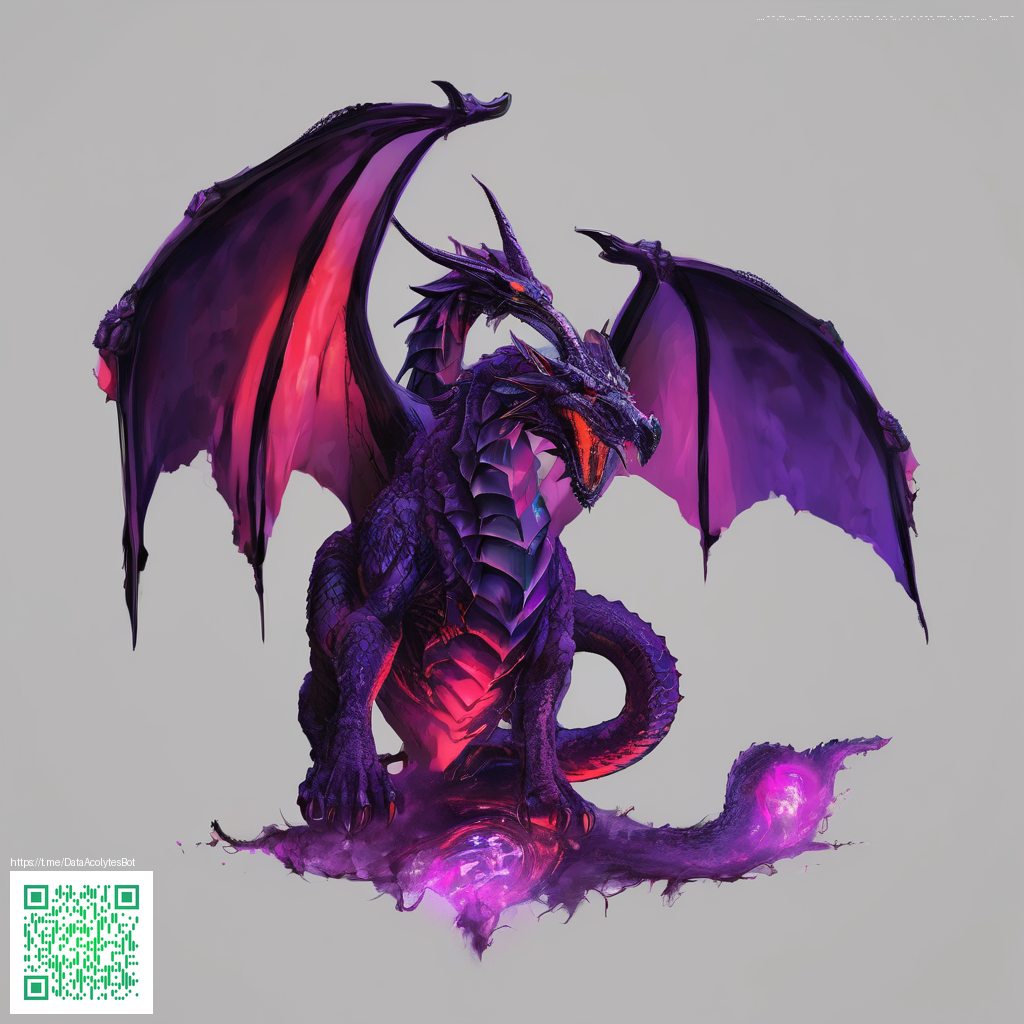
Best Aspect Ratios for Printable Digital Paper
When you’re designing printable digital paper for crafts, journaling, cards, or planner inserts, the aspect ratio you choose has a bigger impact than you might expect. It shapes how patterns tile, how margins frame your art, and how easily designs can be repurposed across projects. Getting this right early saves you time in cropping, layout adjustments, and color balancing later on.
Understanding aspect ratios in plain terms
An aspect ratio is simply the relationship between width and height. For example, a 1:1 square is as tall as it is wide, while a 4:3 rectangle is a bit wider than tall. This ratio doesn’t tell you actual size; it tells you how the composition scales. For printable digital paper, that scaling matters because it dictates how a seamless tile will repeat without awkward seams and how your motifs read at different print sizes.
“Choosing the right ratio is less about a current trend and more about future-proofing your designs for multiple print sizes and applications.”
Common ratios and when to use them
- 1:1 Square — Ideal for tileable patterns, stickers, and social-ready prints. Squares are forgiving and align neatly in grids, making them a favorite for scrapbooking backdrops and card panels.
- 4:3 — A classic print-friendly shape that mirrors many photo prints. Great for collage sheets and educational worksheets where you want a balanced composition with a touch of symmetry.
- 3:2 — The traditional photographic ratio. If your digital paper features photographic textures or natural scenes, 3:2 preserves more of the scene when cropped for standard print sizes like 6×4 or 9×6 cards.
- 5:4 — Close to a square but slightly wider, this ratio works well for wall art and printable posters where you want a generous border around focal motifs.
- 8:5 (or 16:10) — A widescreen feel that’s useful for panoramic patterns, banners, or backgrounds behind text-heavy designs like journaling spreads. It reduces the number of vertical seams when tiling across larger sheets.
- 9:16 — Perfect for vertical layouts: planner inserts, calendar pages, or Instagram story-sized panels. Tall, narrow formats read clearly on phone screens and in vertical prints.
- 7:5 — A versatile print-oriented ratio that sits between square and widescreen, sidestepping extreme cropping while still feeling modern for art cards and small-format posters.
Design considerations for print-ready papers
Beyond the ratio itself, a few practical decisions ensure your paper looks polished in print. Start with a high resolution—300 DPI is the standard for crisp printing. If you plan to tile patterns, design with a seamless repeat in mind, ensuring edges align cleanly when printed side by side. Always include a bleed area (usually about 1/8 inch) so colors extend to the edge after trimming, and keep important elements within a safe margin to avoid accidental cropping.
When converting a single artwork to multiple aspect ratios, it helps to create separate versions for each target size. This approach avoids heavy cropping that could cut out essential motifs. As you crop, prioritize keeping central elements intact and let peripheral details flow into the new composition. If you’re curious about your options and want a structured walkthrough, this resource provides practical case studies you can follow: https://cyber-static.zero-static.xyz/269bb21e.html.
Practical workflow: from concept to print
- Define your final output size for each ratio (for example, 6×4 for 3:2 or 8×10 for 4:5).
- Decide which motifs must stay prominent at every crop and which can shift to background texture.
- Prepare base patterns in a vector-friendly or high-resolution raster format; keep a master file for easy re-trimming.
- Generate separate assets for each ratio, applying bleed and safe margins, then test print at actual size to verify color fidelity and alignment.
- Evaluate tileability by creating small swatches and simulating how the pattern repeats across a larger sheet.
As you test, you’ll notice the rhythm of your patterns shifts with different aspect ratios. A subtle diagonal motif, for instance, may read as dynamic in a tall 9:16 layout but feel crowded in a square 1:1 frame. The key is to preview at target print sizes and adjust line weights, spacing, and color contrast accordingly.
For a sturdy workstation companion during long design sessions, consider a PU Leather Mouse Pad with Non-Slip Backing. It keeps your surface steady and materials within easy reach, especially when you’re cropping or aligning templates. Product link.
Workflow tips you can apply today
- Work in layered files so you can toggle visibility of motifs and guides without destroying the composition.
- Label each version clearly (e.g., “Paper_4x3_v2”) to avoid confusion during revisions.
- Keep a master color profile and proof prints on the same stock you intend to use for final outputs.
- Test with both lightweight and heavier stock to understand how textures affect the final look of each ratio.
Choosing the right ratio is a blend of intent and practicality. It’s about matching your artwork to how people will use it—whether as a social-ready panel, a printable card, or a decorative wallpaper tile. Your workflow benefits from a small set of well-chosen ratios, each paired with a clear print plan.